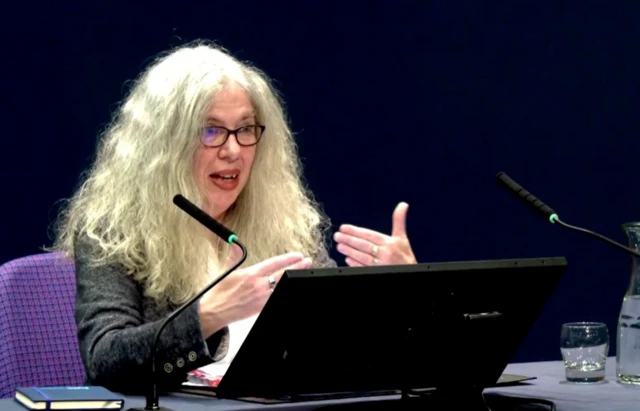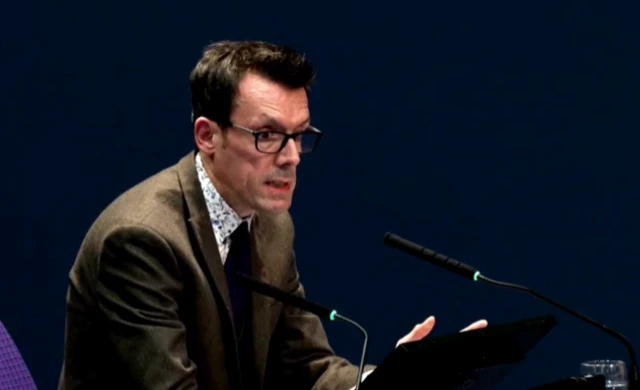UK Covid-19 Inquiry: The headlinespublished at 16:38 GMT 17 January 2024
That brings to a close the second day of the UK Covid-19 Inquiry in Edinburgh. Here's a recap of the major points to come out of the evidence.
- Disabled people were "imprisoned even before the pandemic", say Inclusion Scotland
- The group's convener Dr Jim Elder-Woodward tells the inquiry people with disabilities had to break shielding to get support
- Covid Bereaved Scotland (CBS) say there were concerns early in the pandemic about the ability of care homes to cope with discharged hospital patients
- Families "pleaded" with hospital bosses not to release their loved ones to free up NHS beds
- Political and medical decision makers are urged by CBS not to have "selective amnesia" when giving evidence
- The "disproportionate impact" of Covid on people and workers from BAME and disabled communities is highlighted
- Public Health Scotland accept that there was a lack of data on at-risk or vulnerable groups - including ethnic communities - at the start of the pandemic
- The Scottish Trades Union Congress (STUC) says proper testing and workplace safety guidance were not in place early enough
We'll be back with coverage of tomorrow's evidence session. Paul McLaren was today's editor. The writers were Craig Hutchison, Andrew Picken and Lisa Summers.





